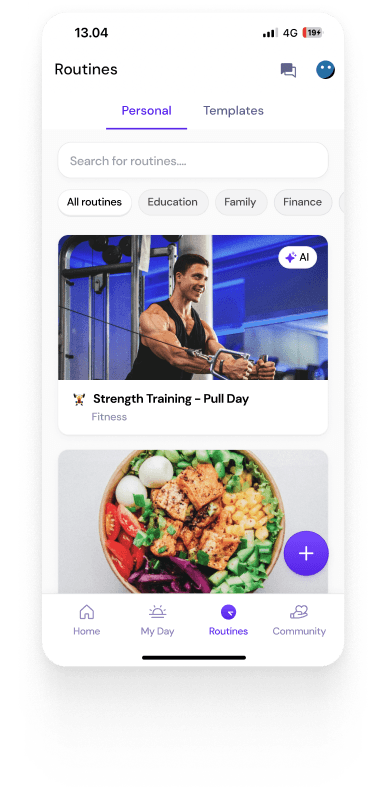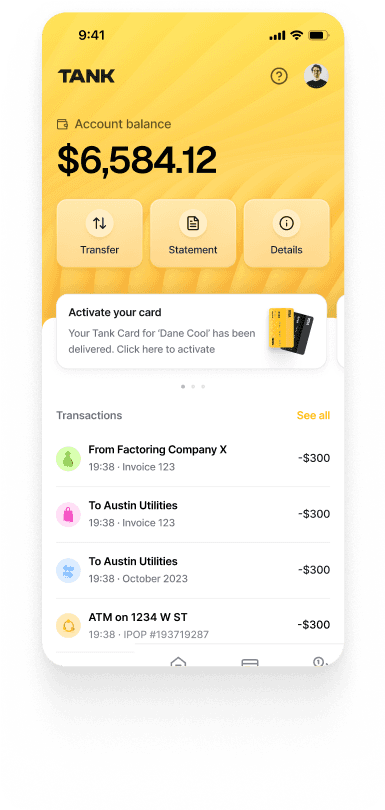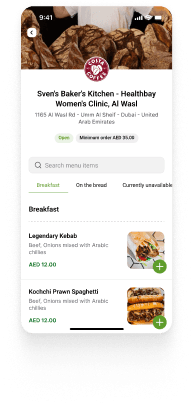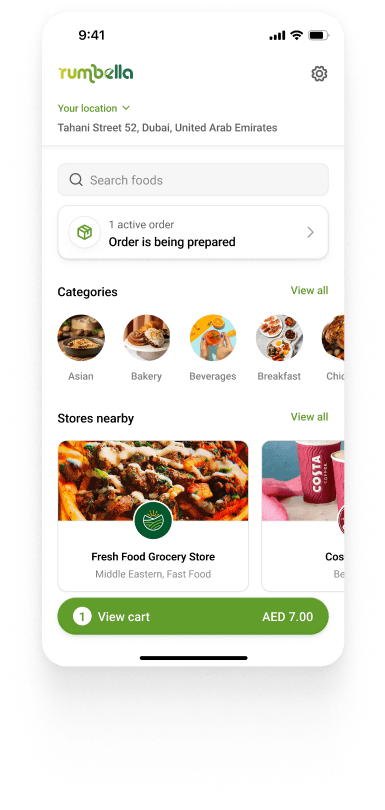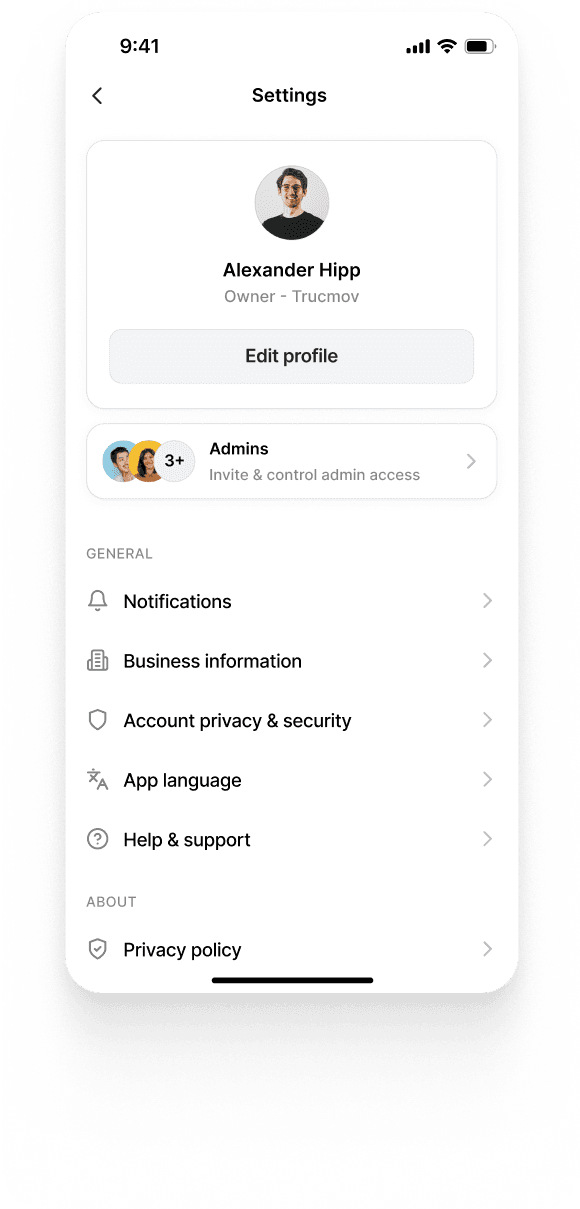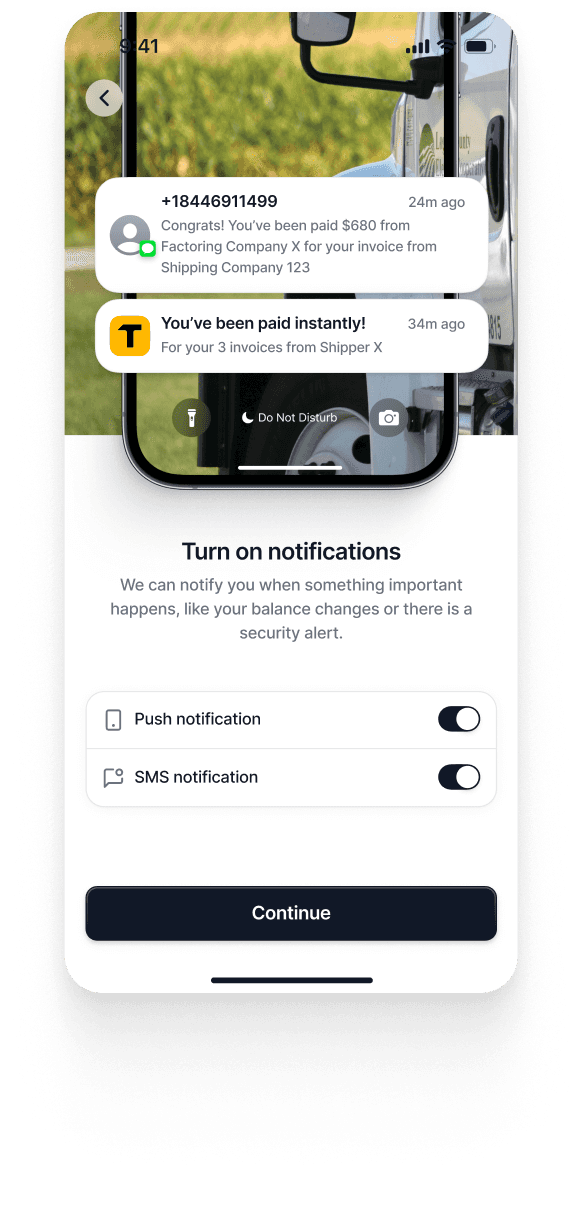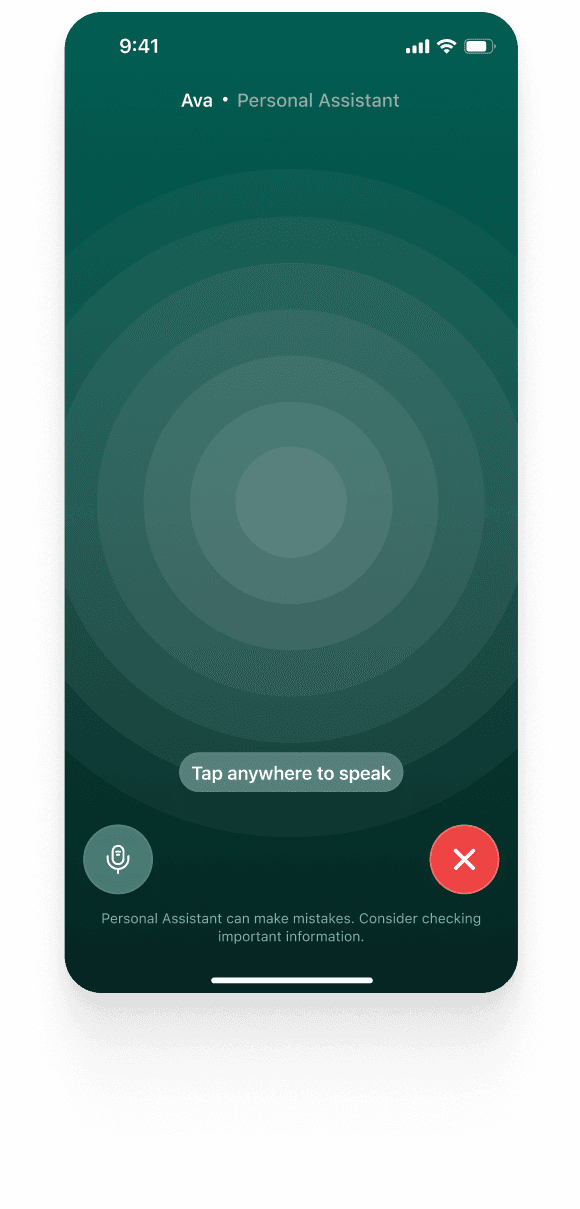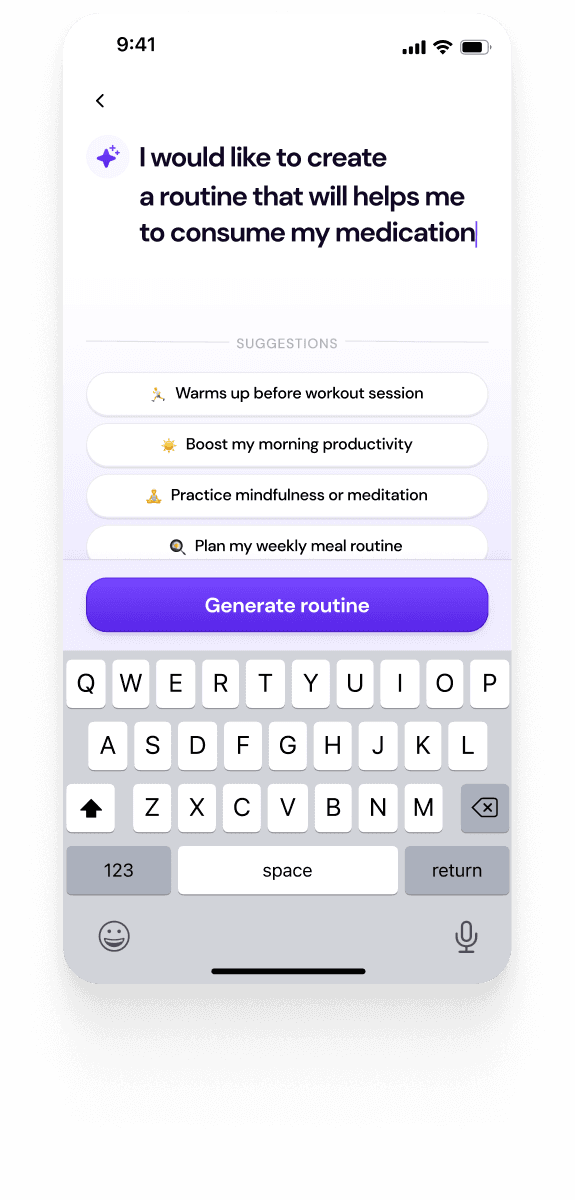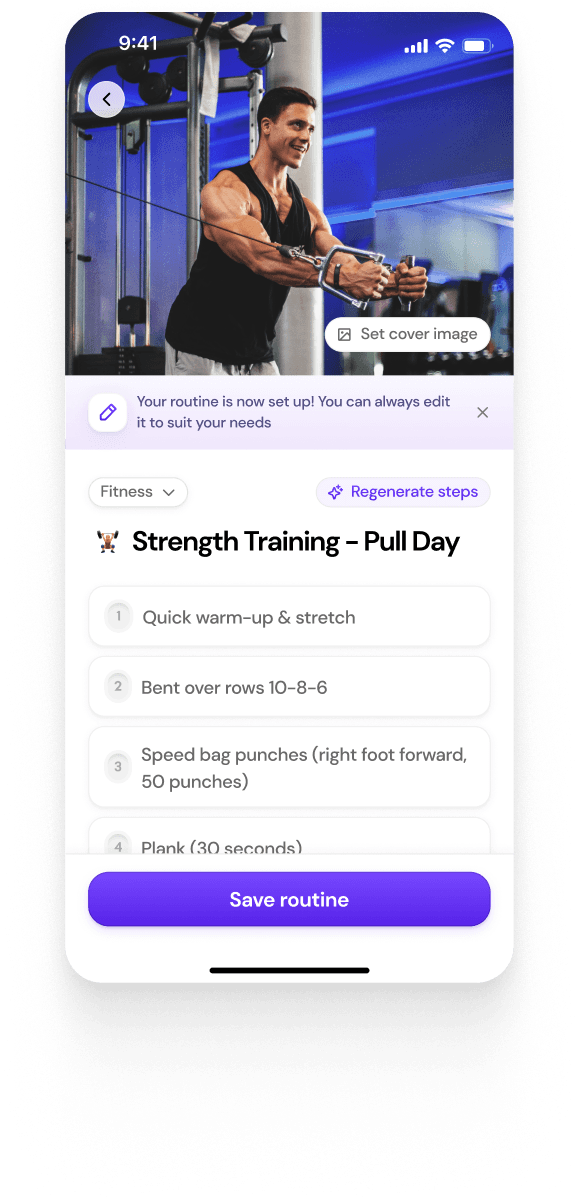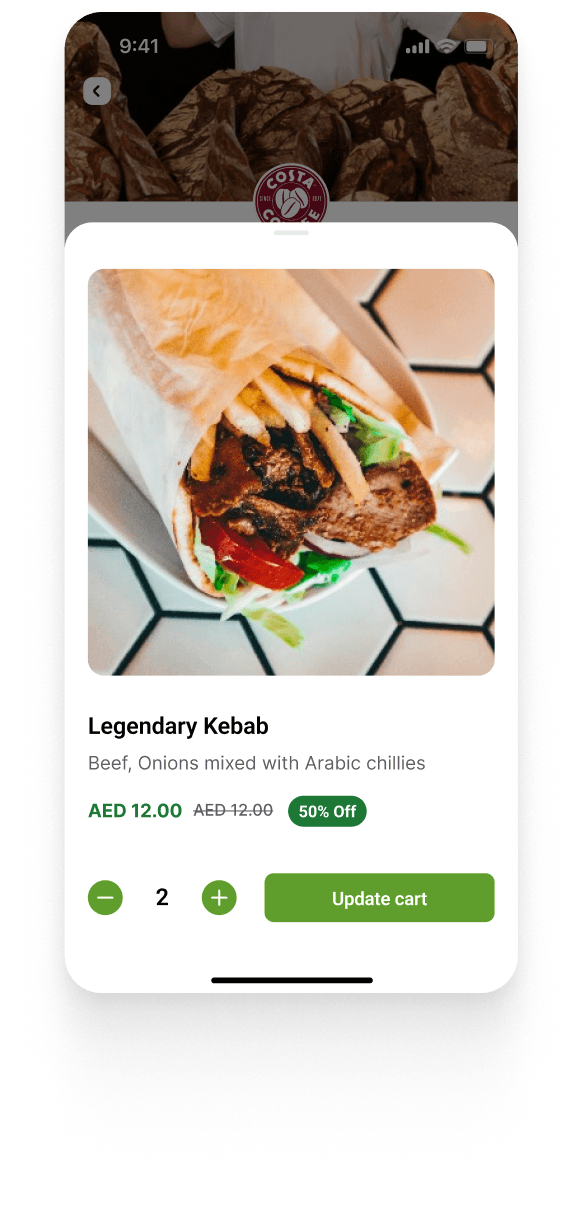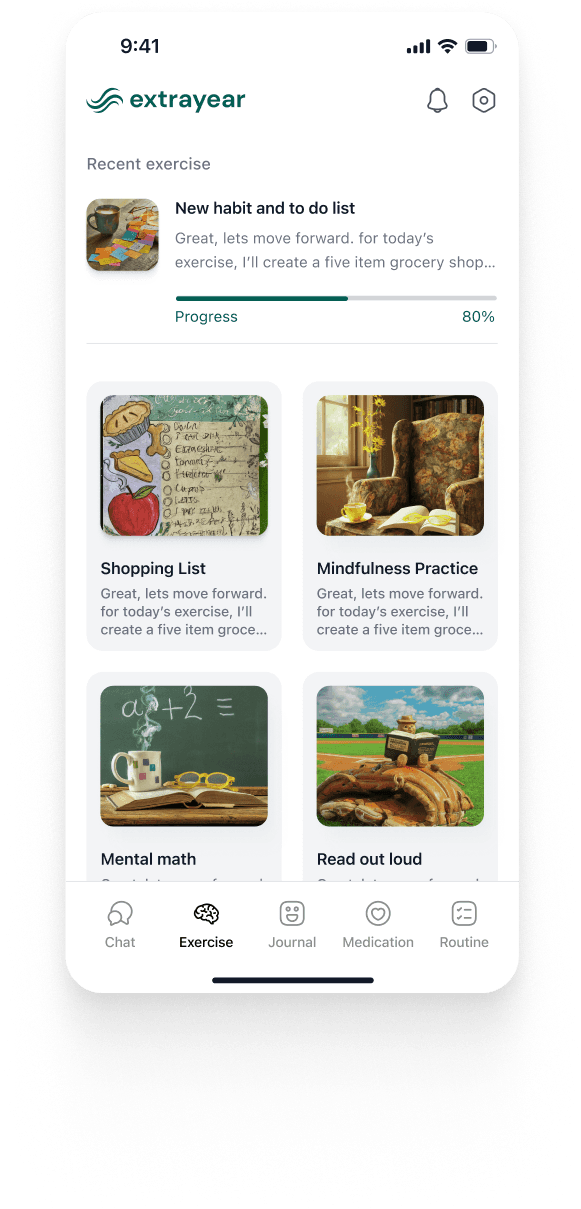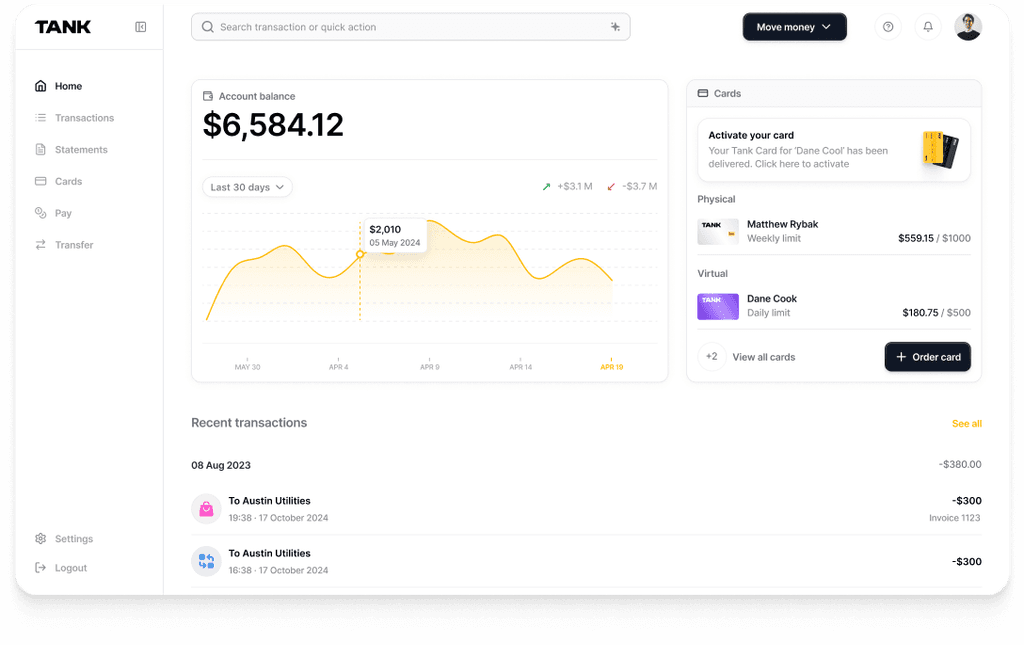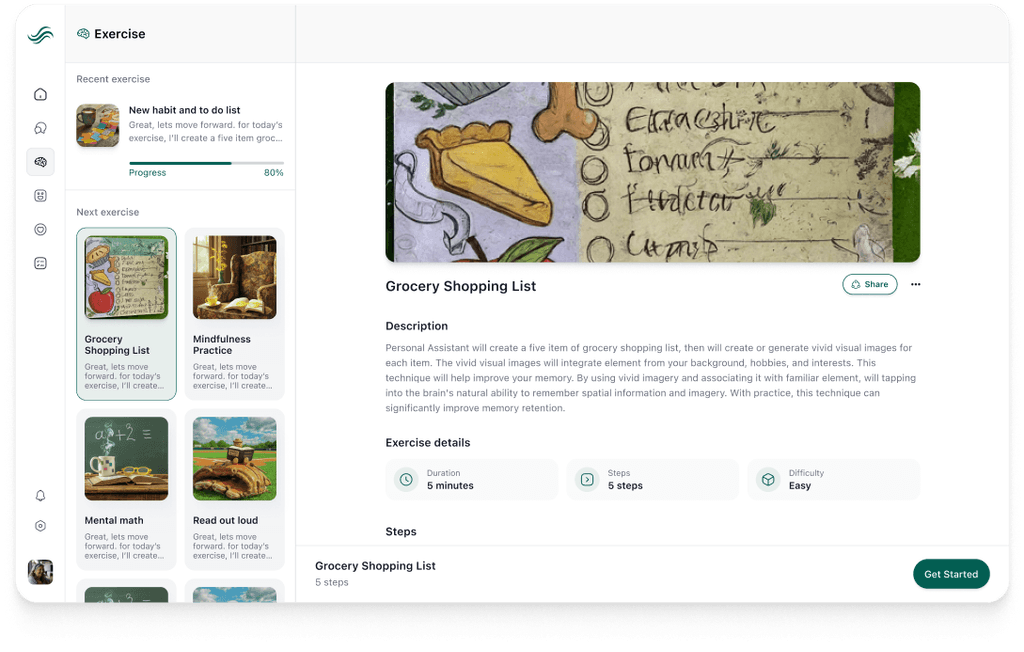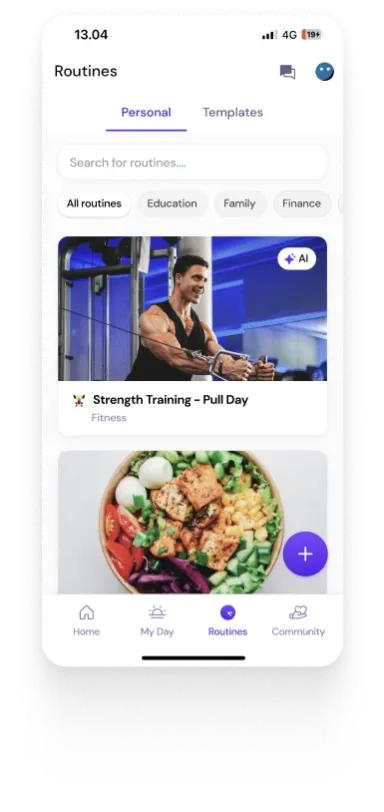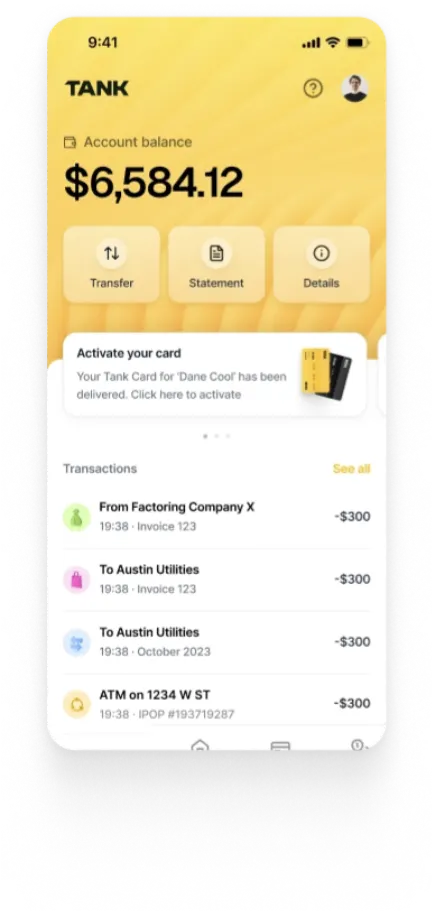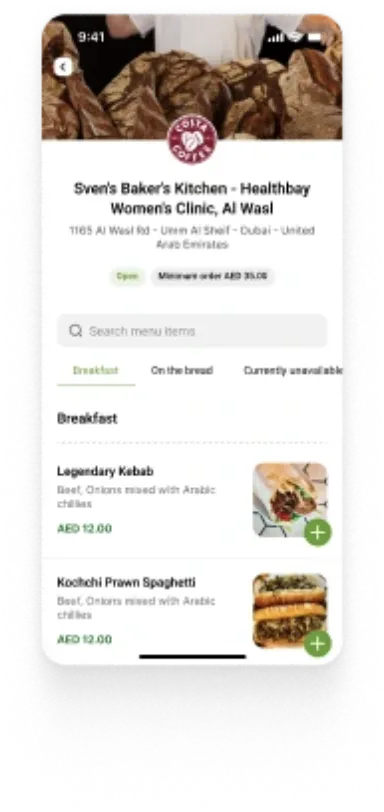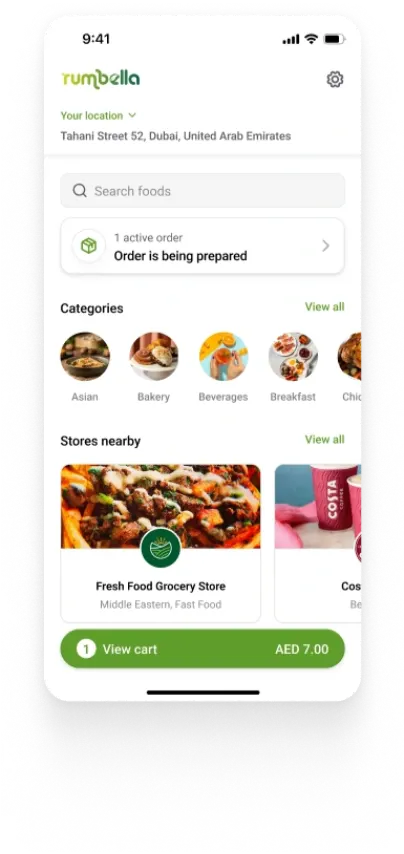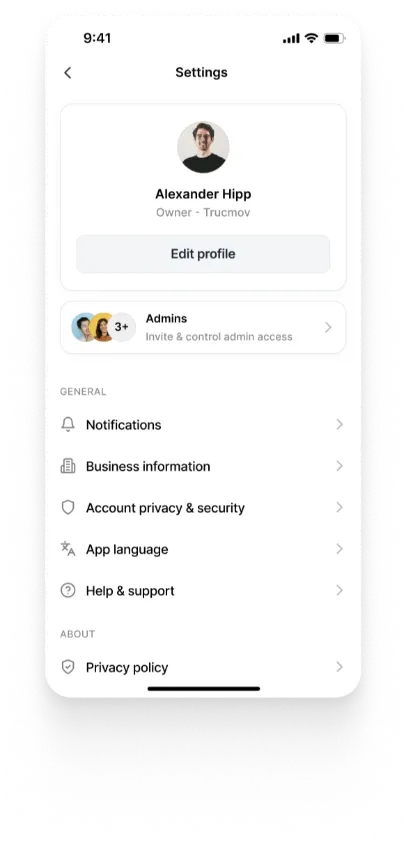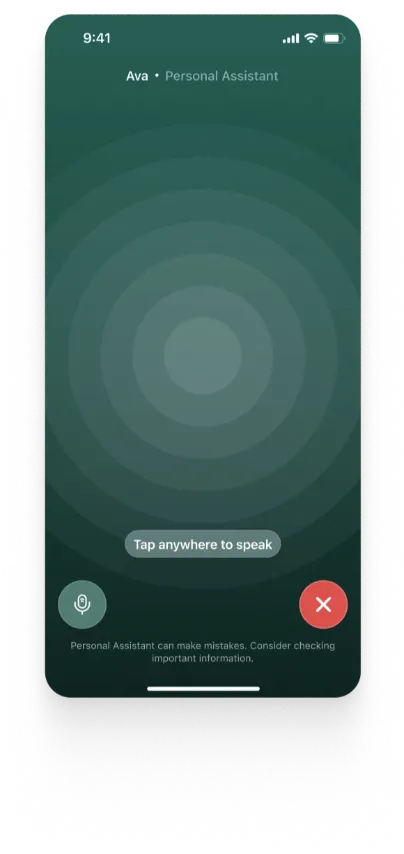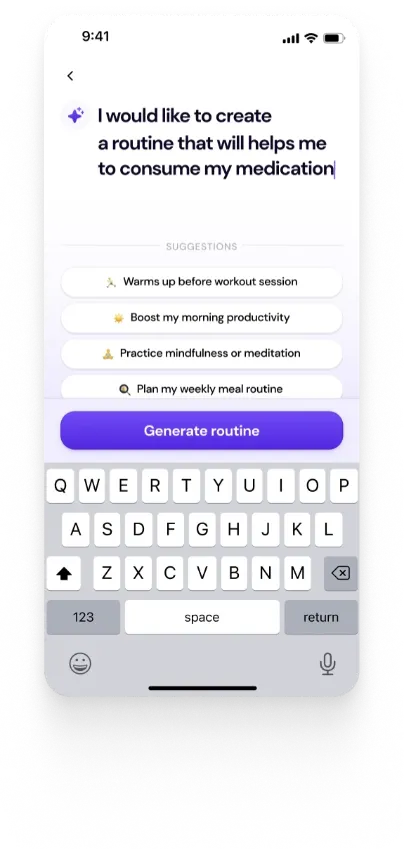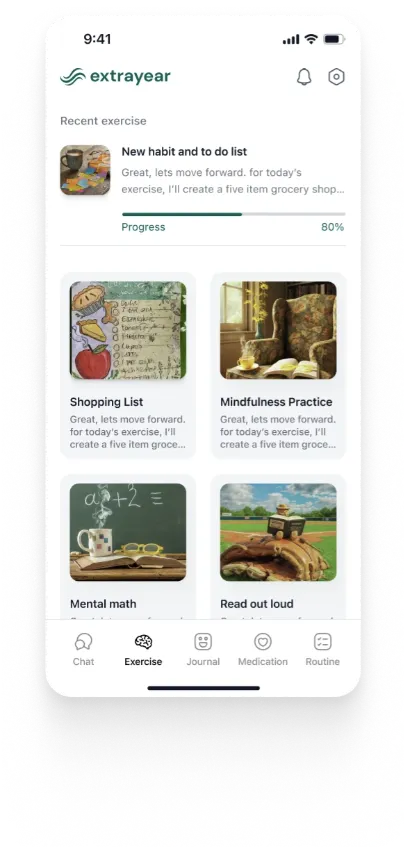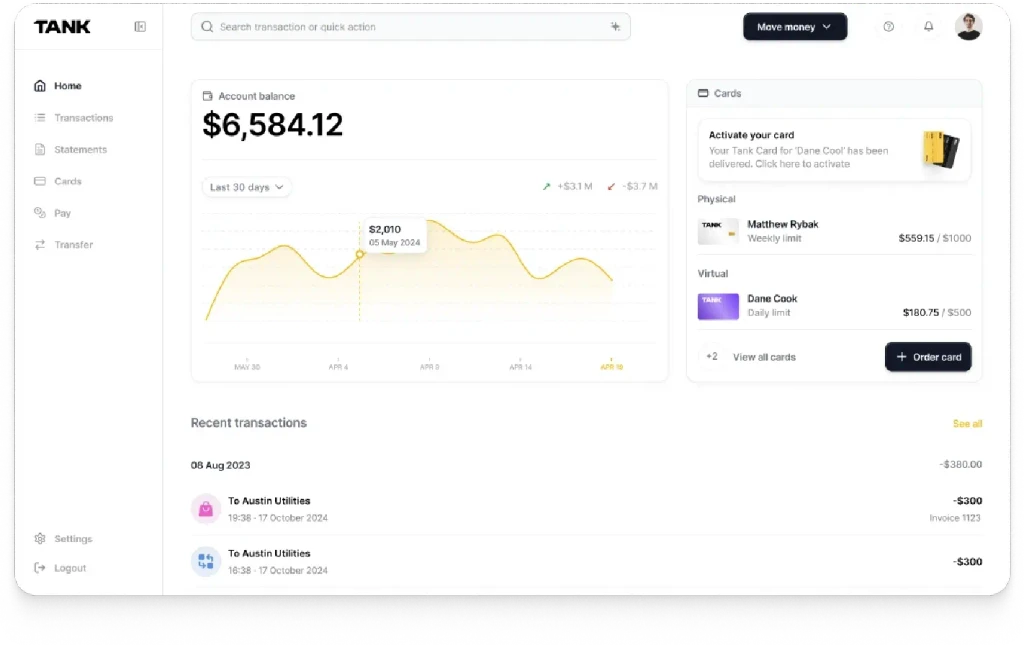Best Practices at Walturn: Driving Excellence and Innovation
Summary
This article outlines Walturn's commitment to excellence in product engineering and technological innovation. It highlights the adoption of best practices across front-end and back-end development. Additionally, it discusses Walturn's approach to continuous integration, client communications, operational compliance, and staff management, emphasizing a customer-centric methodology to ensure high-quality, reliable software solutions.
Key insights:
Front-End Development with Flutter: Walturn utilizes Flutter to create scalable, maintainable, and responsive UIs, employing best practices like modular architecture, state management, and continuous integration to enhance app performance and accessibility.
Robust Back-End Practices: In back-end development, Walturn ensures robustness through secure authentication, API design, microservices, and performance monitoring, emphasizing the importance of secure and scalable systems.
Operational Excellence: Walturn's operational strategies include rigorous compliance with industry standards, regular audits, and continuous improvement through biweekly sprints and thorough documentation.
Client-Centric Approach: The company maintains strong client relations through regular communication, proactive problem-solving, and thorough market research, ensuring transparency and tailored project outcomes.
Employee and Team Management: Walturn prioritizes a healthy and inclusive work environment with continuous training, performance management, and recognition, fostering a collaborative and innovative workplace.
Advanced Technology Integration: The integration of cutting-edge technologies, particularly AI, plays a central role in Walturn’s strategy, enhancing product functionality and customer satisfaction.
Maintenance and Security: Comprehensive maintenance protocols and stringent security measures ensure the longevity and safety of deployed solutions, with practices like proactive maintenance and rapid response systems.
Introduction
At Walturn, we are dedicated to maintaining the highest standards in product engineering and technological innovation. Our methodologies are designed to not only meet but also exceed the expectations of our clients - ensuring that every project we undertake is a testament to our ability.
We understand the importance of adopting and adhering to best industry practices across all areas of operation. Our approach is deeply rooted in a customer-centric, agile process model to ensure adaptation to both technological advancements and evolving client needs.
In this article, we will detail the best practices that define our operations and highlight the methodologies that make Walturn a leader in providing product engineering as a service.
Front-End Engineering: Flutter
We use Flutter as our primary framework for front-end development. Flutter, developed by Google, is one of the leading frameworks for cross-platform development due to its versatility, rapid development capabilities, seamless user experiences, and comprehensive documentation. Our commitment to excellence in Flutter development is reflected through several best practices that ensure efficiency, scalability, and maintainability.

1. Modular Architecture
We adopt a modular architecture in our Flutter projects which allows us to build highly maintainable and scalable applications. By breaking down UI into smaller and independently deployable widgets, we ensure the reusability of code across projects and reduce future maintenance costs.
2. State Management
State management in Flutter refers to the UI adaptability to changes in the available data. In this aspect, we utilize the Stacked package which provides a clean and reactive approach to managing state within our apps. Stacked helps us maintain a clear separation of concerns between UI and business logic, promoting more maintainable and testable code.
3. UI Responsiveness
Our Flutter applications are designed to deliver a consistent and smooth user experience on any platform. We extensively test UI elements across multiple screen sizes and orientations to ensure that the UI remains flawless.
4. Performance Optimization
To achieve optimal performance, we use Flutter’s built-in profiling tools, such as the widget inspector and timeline view to identify and resolve performance bottlenecks. Our team is skilled in tuning various aspects of applications to ensure the maximum performance from the framework.
5. Continuous Testing and Integration
We integrate continuous testing and integration processes into our Flutter development workflow. By automating tests for every code commit, we ensure that any bugs are caught early and fixed promptly.
6. Accessibility and Inclusivity
Aligning with our company-wide commitment to accessibility, our Flutter applications are developed with accessibility in mind from the start of any project. We follow best practices such as ensuring sufficient color contrast, providing text alternatives for non-text content, and implementing adaptive and responsible design to cater to all users.
7. Regular Updates and Dependency Management
We keep our projects up-to-date with the latest versions of Flutter and its libraries. Regular updates help us leverage the newest features, maintain compatibility with the latest OS versions, and ensure security.
8. Directory Structure
We ensure well-structured folders and files within each Flutter project according to their functionalities to make navigation and maintenance easier.
9. Error Handling
Errors during run-time are handled properly in the codebase and reported to the user in a meaningful and easy-to-understand manner.
10. Localization
We implement localization through techniques like support for different languages according to the client and project needs to promote a better user experience and greater reach.
11. Consistent Themes
We ensure every application follows consistent colors, fonts, and styles on every page to follow best design practices.
Through these practices, Walturn is able to use Flutter effectively to create superior front-end solutions. Our engineering team continuously explores new trends and technologies in the Flutter ecosystem to keep our practices aligned with the latest technological advancements.
Back-End Engineering
In our back-end development, we ensure applications are robust, secure, and scalable by following the best practices. This approach supports the complex functionalities required by our clients while maintaining high performance and reliability.

1. Clean and Modular Code
We follow a modular architecture in our backend system which allows for better scalability, easier maintenance, and enhanced reusability across projects. This approach helps in organizing code logically and supports Separation of Concerns (SoC) which is crucial for long-term project sustainability.
2. RESTful API Design
Our APIs follow the constraints set by the REST architecture style and adhere to the best practices of clear and consistent endpoint naming, proper HTTP status codes, and lightweight JSON formatting. This ensures that our APIs are intuitive and easy to maintain.
3. Secure Authentication and Authorization
We implement robust authentication and authorization practices including the use of tokens, encryption of sensitive data, and ensuring secure data transmissions. These measures protect our applications from unauthorized access and data breaches.
4. Database Optimization
Efficient data management is critical for backend performance. We use best practices in database design including proper indexing, query optimization, and choosing an appropriate database type based on the project’s requirements.
5. Microservices
We leverage a microservices architecture that allows us to deploy and update parts of the application independently, reducing downtime, improving reliability, and promoting flexibility.
6. Performance Monitoring
We continuously monitor the performance of our backend systems. This approach helps us to quickly identify and address performance bottlenecks.
7. Input Handling
We ensure proper input handling by validating every input. This not only ensures that users are presented with meaningful error messages but also provides a security mechanism against malicious inputs.
8. Proper Error Handling
In addition to presenting users with meaningful error messages, we also implement various other best practices for error handling. This includes handling errors locally, logging errors, and implementing automated error reporting to maintain system integrity and help developers make quick fixes to the system.
Best Practices for Engineering at Walturn
At Walturn, we believe following the best engineering practices is fundamental to delivering high-quality, reliable software solutions. Our comprehensive engineering approach follows the best industry standards mentioned in this section.

1. Testing
We integrate automated testing throughout the development process to catch bugs early and reduce manual testing costs. This includes unit tests, integration tests, and end-to-end tests to ensure each component as well as the entire system works as expected.
In addition to automated testing, our dedicated QA team conducts thorough manual testing to catch issues that automated tests might miss such as user experience and interaction scenarios.
We also employ Test-Driven Development (TDD) to encourage better design and ensure our code works as intended from the start of the project.
To read more about our QA best practices, click here.
2. Continuous Integration & Deployment (CI/CD)
We use CI/CD pipelines to automate the process of software delivery and deployment. This includes running tests, code linting, and building and deploying software to production which allows for frequent and reliable releases with minimal human intervention.
Post-deployment, we monitor applications closely and use feedback to improve the process continuously. This ensures that any deployment issues can be quickly addressed and helps in optimizing the CI/CD process.
3. Rigorous Code Reviews
All code commits are reviewed by at least two engineers before they are merged into the main branch. This practice not only helps in maintaining code quality but also enables knowledge sharing and provides a collaborative problem-solving environment for the team.
The code reviews further help enforce our comprehensive set of coding standards and guidelines to ensure consistency across our codebase, ensuring that all code is not only functional but also clean and maintainable.
4. Version Control
We use Git to facilitate effective version control which allows for better coordination among team members, facilitates change tracking, and supports quick rollback if necessary. Our protocols include advanced branching and merging strategies to ensure uninterrupted development flows.
5. Daily Standups
We conduct daily standup meetings for the engineering team to report their progress and discuss any challenges. These meetings encourage transparency and quick resolution of any blockers to ensure that projects move forward smoothly.
6. Biweekly Sprints
Our engineering team conducts biweekly sprints which allows for quick iterative and agile development. These sprints are structured to include planning, execution,review, and retrospectives to facilitate continuous improvement.
7. Documentation
We encourage our engineers to maintain comprehensive documentation in all codebases. This enables smoother collaboration, faster problem-solving, and more efficient knowledge sharing across the team.
Security and Privacy
We recognize the need to prioritize the security and efficiency of user access and authentication mechanisms to protect our systems. Our practices are designed to prevent unauthorized access and ensure that user interactions with our applications are secure and compliant with the highest standards.

1. Secure Authentication Protocols
We implement secure authentication protocols across all our projects to ensure safe access. This includes:
Two-Factor Authentication (2FA): Utilizing time-based one-time authentications (TOTP) and email verification codes.
Multi-Factor Authentication (MFA): Beyond 2FA, multi-factor authentication adds an extra layer of security by requiring multiple forms of verification before granting access to users.
Magic Links: Providing a secure, temporary link for access without a password.
Alongside these, we employ several other authentication protocols that may be required according to the specific needs of a project.
2. Role-Based Access Control (RBAC)
RBAC is a method for regulating access to resources based on the roles assigned to individual users:
Role Assignment: Users are assigned roles based on their job functions (for example, “Administrator”, “Manager”, and “Employee.”) Each role has specific permissions associated with it.
Centralized Management: Access permissions are managed centrally, making it easier to update and enforce policies.
Consistency: RBAC ensures that users with similar job functions have consistent access to necessary resources.
3. Principle of Least Privilege (PoLP)
We utilize the principle of least privilege, which is a robust method to enhance security by limiting access rights for users and systems to the bare minimum to perform their duties. This enhances Role-Based Access Control by ensuring the permissions provided in RBAC are as limited as possible for each role as PoLP can be applied at a very granular level, down to individual files, systems, or data entries.
4. Proper Handling of Passwords
User passwords are never stored as plain text or using outdated hashing methods. Instead, we employ industry-standard hashing techniques to ensure passwords are securely handled and never accessible at any stage of the application.
5. Session Management
To secure user sessions, we implement:
Session Timeouts: Automatically logging off users after a period of inactivity.
Strong Encryption: Securing session identifiers to prevent hijacking.
Automatic Log-Offs: Enhancing security by logging users off automatically after a defined duration.
6. Compliance with Regulatory Standards
Our user access and authentication systems are designed to comply with relevant data protection and privacy regulations. This ensures we meet the highest standards for user protection and data security.
7. Data Usage Policy
We share comprehensive data usage policies for each project. These include:
Data Collection Guidelines: Establishing clear guidelines for the collection of data to ensure it is gathered according to compliance requirements, with user consent where necessary.
Data Processing Standards: Outlining how data should be processed, ensuring that it is used only for legitimate business purposes and in compliance with regulations.
Data Sharing and Disclosure: Setting strict controls on how and when data can be shared with third parties, ensuring that any sharing of data is transparent.
8. Data Elimination Practices
We implement rigorous data elimination practices to ensure that data is securely deleted when it is no longer needed. This involves:
Data Retention Policies: Defining clear policies for how long different types of data should be retained.
Secure Deletion Methods: Using industry-standard techniques for securely deleting data in such a way that it cannot be recovered or reconstructed.
9. Data Anonymization Techniques
When possible, we use data anonymization techniques to protect user privacy. This is particularly important in development and testing environments, where real data is masked or removed to maintain system integrity and usability without compromising privacy.
10. Secure Data Storage Solutions
We utilize secure data storage solutions that are compliant with leading industry standards. These solutions are equipped with built-in security features like automatic encryption, intrusion detection, and access controls that ensure the security of data.
11. Contractual Safeguard with Third Parties
When engaging with third-party providers, we implement contractual safeguards to ensure they adhere to the same data protection standards as Walturn. This includes stringent data handling and security measures.
12. Training Employees
We continuously educate our employees on data security requirements across all projects. This ensures compliance with regulations and keeps our team updated on the latest security practices.
13. Regular Internal Audits
Conducting regular internal security audits helps us identify and address potential vulnerabilities in our systems. This proactive approach ensures that our security measures are effective and up-to-date.
14. Incident Response Plan
We maintain a comprehensive incident response plan to quickly address and mitigate the impact of security breaches. This includes defined procedures for detecting, reporting, and responding to security incidents.
15. Encryption of Sensitive Data
We utilize strong encryption techniques for all data in our projects. This ensures that even if data is intercepted, it cannot be read or used by unauthorized parties.
By integrating these practices into our product development lifecycle, we provide comprehensive security measures that protect both user data and system integrity.
Customer-Centric Products
We follow a customer-centric workflow that focuses on creating intuitive, accessible, and enjoyable experiences for users. Our practices put the user’s needs and preferences at the center of the development process, ensuring that every product and function we develop serves a meaningful purpose.

Inclusive Design: We believe that our products should be usable by everyone. To achieve this, we incorporate inclusive design principles from the offset of the product development process.
Customization Options: Recognizing that users may have different needs and preferences, we incorporate customization options in our products. This ensures that our products can cater to the diverse preferences of all users.
Iterative Design Process: Our design process is highly iterative, involving multiple stages of user feedback and testing. This allows us to optimize the user experience continuously based on user interactions. Each iteration involves problem identification, research and planning, design and branding, stakeholder validation, development and implementation, and QA testing.

User Stories: We use user stories and personas to represent our diverse user base during the design process. These tools help our design team understand the motivations, needs, and challenges of our users.
Accessibility Standards: We follow the Web Content Accessibility Guidelines (WCAG) 2.0 at Level AA to AAA for all our products using Stark as a plugin for Figma which helps streamline the process by automatically flagging areas of concern.
By following these user-centric design practices, Walturn ensures that user experience is a fundamental part of the product development lifecycle.
Client Relations and Communication
We understand the need to maintain strong, transparent, and effective communication with our clients for successful collaboration and project outcomes. We have established best practices to ensure that our client relations and communications are productive and clear.

Market Research: We conduct comprehensive market research relevant to the client’s industry before the initial meeting to ensure we can provide informed recommendations and tailor our discussion to address the specific business challenges faced by our client. By demonstrating a deep understanding of their market, we aim to improve our credibility and the value we bring to each interaction.
Regular Updates and Reporting: We maintain an open line of communication with our clients through regular updates and detailed progress reports. These updates keep clients informed about the progress of their projects, any challenges encountered, and the solutions implemented.
Communication Platforms & Support: We utilize modern communication platforms to ensure that all messages, documents, and updates are easily accessible to both our team and our clients. Tools such as Slack and Google Meet ensure that communication is streamlined. Furthermore, we provide 24/7 Slack support to all our clients to facilitate any urgent requests that may come up.
Client Onboarding: During the client onboarding process, we clarify communication protocols, introduce key team members, and review project goals and timelines. This reduces potential misunderstandings and sets a clear path to move forward.
Proactive Problem Solving: We anticipate potential issues and address them proactively before they impact the project. By maintaining a proactive stance and regularly consulting with clients about the issues, we aim to avoid common pitfalls that may delay project completion.
Confidentiality: We maintain the highest level of confidentiality for any information exchange between our clients and our team.
Training Employees: All our employees are trained in effective communication, ensuring they are well-equipped to handle inquiries and provide positive interactions with the clients.
By following these best practices in client relations and communication, Walturn ensures that every client interaction is handled with the utmost professionalism and care. Our goal is to build lasting relationships that go beyond business transactions, creating a network of partners who trust and value our services.
Operational Compliance and Standards
We ensure operational compliance with industry standards and regulations to develop high-quality, secure products.

Regular Compliance Training: All team members undergo regular training sessions that cover relevant laws, regulations, and industry standards. This ensures that every member is aware of their responsibilities and the compliance requirements relevant to the products we develop.
Compliance Audits: We conduct internal audits to review our compliance with standards such as HIPAA, FERPA, COPPA, and SOC 2. These audits help identify areas of non-compliance and prompt immediate corrective actions.
Regular Reviews: During our weekly QA meetings, we review all compliance-related standards to ensure we are consistently meeting the set requirements.
Documentation and Record Keeping: We keep detailed records of compliance activities such as audits to demonstrate compliance with industry standards.
Maintenance and Turnaround Times
Post-launch, we provide active support and maintenance of all our products to ensure the success and satisfaction of our clients.

Proactive Maintenance: We adopt a proactive approach to maintenance, regularly updating and optimizing our software to prevent potential problems before they affect our clients. This includes scheduled maintenance checks, updates to software libraries, and performance enhancements.
Rapid Response: We provide 24/7 support to address urgent issues. All our team members are provided authorization to act quickly to minimize downtime and the impact of any bugs.
Ticketing System: We use Linear as our transparent ticketing system to manage any reported bugs. This allows our team to prioritize and track each ticket from report to resolution in an efficient manner.
Training and Documentation: We provide training and detailed documentation to our clients for handling common issues to reduce downtime. The documentation is continuously updated to reflect any new features and changes.
Service Level Agreements (SLAs): We establish clear and comprehensive SLAs with all our clients that define the expected turn-around time for issues to provide our clients with peace of mind.
Feedback and Improvement: After resolving any issues, we receive feedback from our clients to learn about their experience with our resolution process which enables us to continuously improve our maintenance practices.
By following these best practices, we ensure quick maintenance in any scenario to provide the best experience for all our clients.
Integration with Artificial Intelligence
Our commitment to leveraging advanced technologies is evident through our strategic integration of AI into our products.

Top AI Providers: We work with renowned AI technology providers like OpenAI and Claude to access the latest tools, ensuring that our products are built on the cutting edge of technology.
Custom AI Implementation: Our team specializes in customizing AI solutions to fit the specific needs of our clients including operational efficiency, enhancing customer interactions, and generating deep insights from data.
Ethical AI Use and Compliance: We are committed to the ethical use of AI. This commitment ensures that all AI implementations comply with relevant regulations and standards.
Support and Optimization: We provide ongoing support and continuous optimization for our AI solutions to ensure they evolve with the client’s business needs and maintain peak performance. This includes regular updates, fine-tuning AI models, and refining algorithms to improve accuracy and efficiency.
Hiring and Staff Management
We recognize that our strength lies in our diverse teams. As such, we are committed to implementing the best practices in hiring and staff management to attract, develop, and retain the top talent in the industry.

Rigorous Selection Process: We have outlined a comprehensive selection process that includes several stages of screening, interviews, and practical assessments. This allows us to identify candidates who are not only technically proficient but also demonstrate strong problem-solving abilities, creativity, and a fit with our company culture. We emphasize diversity and inclusivity to bring a wide range of perspectives into our cross-functional collaborative teams.
Professional Development: We provide training to all employees to ensure they can effectively carry out their responsibilities.
Performance Management: We perform regular performance reviews on all employees and provide them with constructive feedback and the support they need to achieve their professional goals.
Employee Well-being: We prioritize the well-being of our employees. We offer flexible working arrangements and ensure their feedback is being heard to continuously improve the work culture at Walturn.
Reward and Recognition: We acknowledge and celebrate all achievements (work and life) of our employees, encouraging them to grow further and achieve their goals.
Open Communication: We encourage open communication through Slack and regular meetings with higher management to ensure all employees feel heard and valued.
Staff Management: We continuously improve our staff management practices in response to employee feedback, industry trends, and changes in the workplace environment. This helps us maintain a positive and productive work environment that attracts and retains top talent.
Conclusion
In conclusion, our dedication to best practices across all areas from cutting edge technology integration to client communication and employee management ensures that we deliver superior solutions that meet the highest standards of quality and innovation. By continuously following and improving these best practices, we aim to foster growth and success in the evolving digital landscape.
Authors
Partner with Walturn for Excellence in Product Engineering
Experience the highest standards in product engineering with Walturn's expert services. Our customer-centric approach, coupled with best practices in front-end and back-end development, security, compliance, and AI integration, ensures that your digital solutions are not only innovative but also secure, scalable, and user-friendly. Collaborate with us to elevate your projects to the next level and achieve your business goals with confidence.
References
Altarac, Moran. “Best Practices for Managing a Support Team, Including Hiring, Training, and Performance Management | Guidde.” Www.guidde.com, 20 May 2024, www.guidde.com/blog/best-practices-for-managing-a-support-team-including-hiring-training-and-performance-management. Accessed 22 June 2024.
Atlassian. “Sprints | Atlassian.” Atlassian, 2022, www.atlassian.com/agile/scrum/sprints#:~:text=%22Sprints%20make%20projects%20more%20manageable. Accessed 23 June 2024.
Bartram, Finn. “27 Best Practices for Managing Remote Teams in 2024.” People Managing People, peoplemanagingpeople.com/strategy-operations/remote-hybrid/tips-managing-remote-teams/. Accessed 22 June 2024.
“Best Practices of Proactive Software Maintenance.” Infopulse, 28 July 2023, www.infopulse.com/blog/proactive-software-maintenance. Accessed 22 June 2024.
“Compliance with Best Practices.” Financialcrimeacademy.org, 16 Jan. 2024, financialcrimeacademy.org/compliance-with-best-practices/. Accessed 22 June 2024.
“Customer Data Security: Best Practices for Data Privacy - CDP.com - Leading CDP Industry Resource for Marketing & Sales.” The Customer Data Platform Resource, 5 July 2023, cdp.com/articles/customer-data-security-best-practices/. Accessed 22 June 2024.
“Good Coding Practices for Backend Developers.” GeeksforGeeks, 30 Apr. 2021, www.geeksforgeeks.org/good-coding-practices-for-backend-developers/. Accessed 22 June 2024.
Hundley, Dana. “10 Tips for Building Stronger Client Relationships.” The Muse, 19 June 2020, www.themuse.com/advice/tips-building-managing-client-relationships. Accessed 22 June 2024.
Jackson, Amber. “Top 10: AI Implementation Strategies.” Aimagazine.com, 17 Apr. 2024, aimagazine.com/top10/top-10-ai-implementation-strategies. Accessed 22 June 2024.
Joseph, Minu. “8 User Access Management Best Practices.” Www.zluri.com, 4 Apr. 2024, www.zluri.com/blog/user-access-management-best-practices/. Accessed 22 June 2024.
Maddox, Ian. “Account Authentication and Password Management Best Practices.” Google Cloud Blog, 7 May 2021, cloud.google.com/blog/products/identity-security/account-authentication-and-password-management-best-practices. Accessed 22 June 2024.
Mehmood, khadija. “Guidelines for Best Practices in Flutter Development.” Medium, Medium, 10 Oct. 2023, medium.com/@khadijamehmood/guidelines-for-best-practices-in-flutter-development-7adfcd4989d5. Accessed 22 June 2024.
Rodrigues, Joakim. “22 Data Security Best Practices in 2023 [Infographic].” TitanFile, 5 Sept. 2023, www.titanfile.com/blog/data-security-best-practices/. Accessed 1 July 2024.
“Separation of Concerns (SoC).” GeeksforGeeks, 13 Feb. 2024, www.geeksforgeeks.org/separation-of-concerns-soc/#. Accessed 22 June 2024.
Shiotsu, Yoshitaka. “A Beginner’s Guide to Back-End Development | Upwork.” Www.upwork.com, 17 Aug. 2021, www.upwork.com/resources/beginners-guide-back-end-development. Accessed 22 June 2024.
Topczewska-Pińczuk, Agnieszka. “8 Best Practices to Apply in Maintenance Projects.” Softwarehut.com, softwarehut.com/blog/it-project-management/maintenance-projects-best-practices. Accessed 22 June 2024.
“What Are Software Team Collaboration Best Practices?” GitLab, about.gitlab.com/topics/version-control/software-team-collaboration/. Accessed 22 June 2024.













